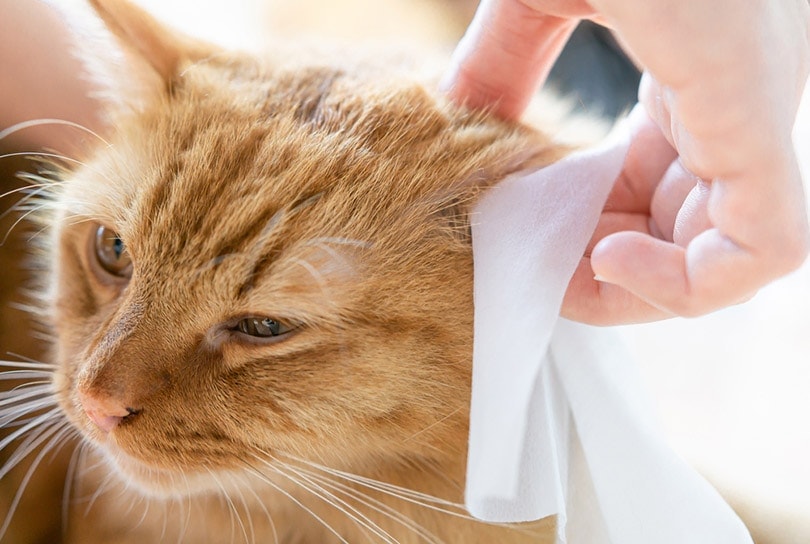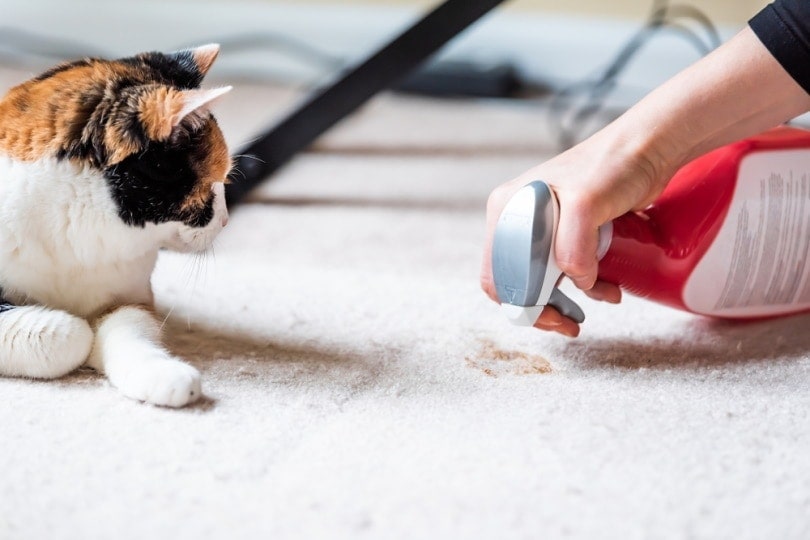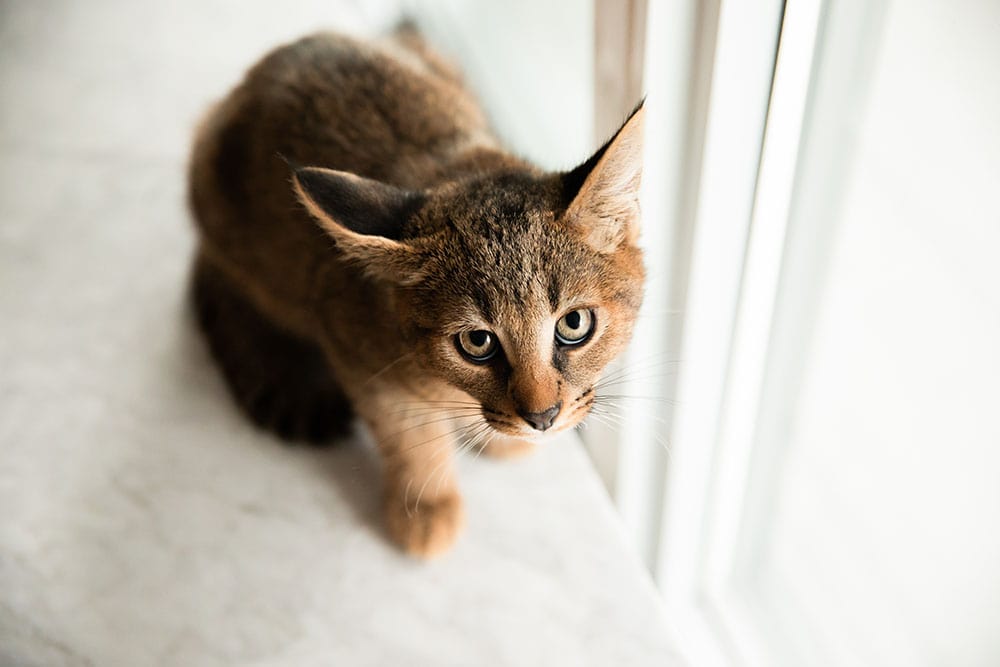13 Most Expensive Cat Breeds (With Pictures)
By Oliver Jones
Updated on
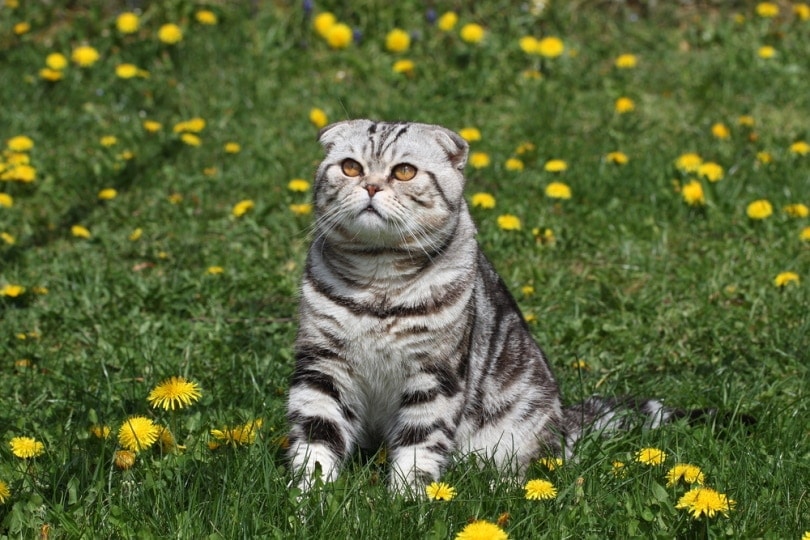
Many people don’t think of cats as being expensive pets to buy. There are countless stories of people finding strays outside and taking them in or getting a kitten or two from a friend’s cat that had a litter. When it comes to your average, every feline, they are usually easy to acquire.
But certain cat breeds, especially rare or exotic ones, can usually only be acquired through breeders. These cats come at a cost. Some people are willing to pay thousands of dollars for rare or prize-winning felines. Let’s take a closer look at 13 of the most expensive cat breeds in the world.
The 13 Most Expensive Cat Breeds
1. Ashera Cat
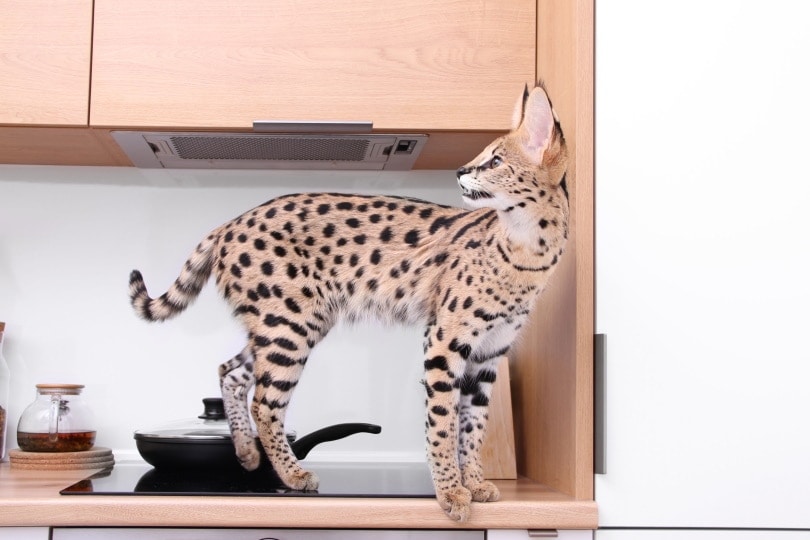
| Price: | $125,000 |
| Lifespan: | 25 years |
| Weight: | 26 – 33 pounds |
Ashera cats look like wild cats. Their pattern resembles that of a Snow Leopard. This rare, exotic breed is a mix of an Asian Leopard Cat, a domestic housecat, and an African Serval. A Los Angeles breeder produces only five Ashera kittens each year!
While these cats are large and quite expensive, they are said to have loving personalities and act more like dogs than the average housecat. They’re probably the biggest cat that you can legally own, but check the laws in your area before handing over your money. Exotic cats are banned or regulated in several places around the world.
2. Khao Manee Cat
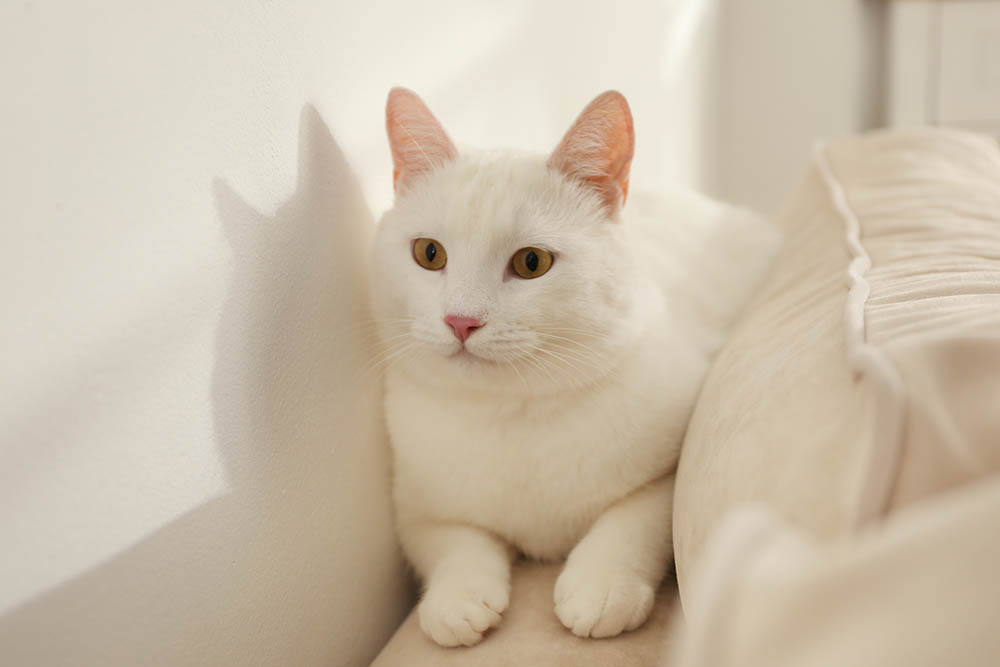
| Price: | $11,000 |
| Lifespan: | 10 – 12 years |
| Weight: | 8 – 10 pounds |
The Khao Manee cats hail from Thailand, where they are considered to be good luck. They are known for their snow-white coats and jewel-toned eyes. Their eyes can be blue, green, or gold. They can also have two different colored eyes, which is the most sought-after look with these cats.
These loving cats are dedicated to their owners and crave attention. They are also extremely chatty and like welcoming new people into the home. This isn’t a cat that will run and hide when visitors come over.
3. Scottish Fold Cat
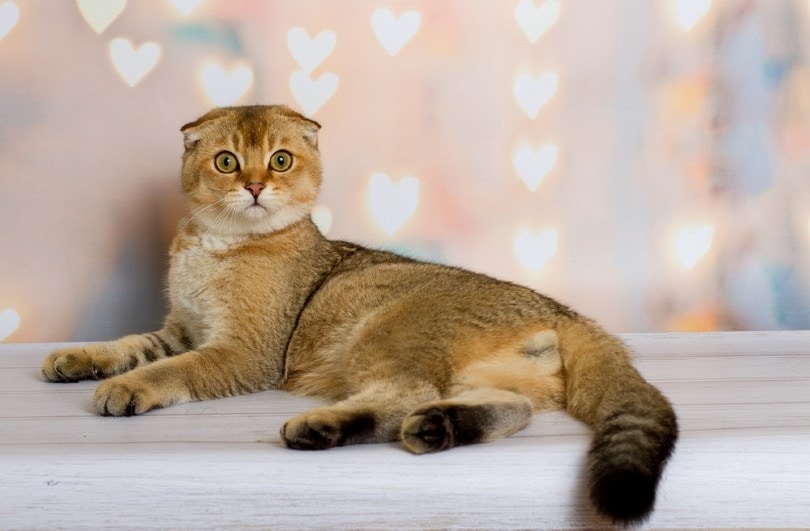
| Price: | $3,000 |
| Lifespan: | 14 – 16 years |
| Weight: | 6 – 13 pounds |
Scottish Folds are sweet-tempered cats with small ears that fold downward, giving them a uniquely identifiable look. They are easy-going cats that do well with children and love attention.
The first Scottish Fold cat was discovered in 1961. A white barn cat named Susie had folded ears due to a genetic mutation. When Susie had kittens, two of them also had folded ears. A neighboring farmer took one of those kittens and began breeding Scottish Fold cats in 1966. Today, all Scottish Folds can trace their ancestry to Susie.
4. Sphynx Cat
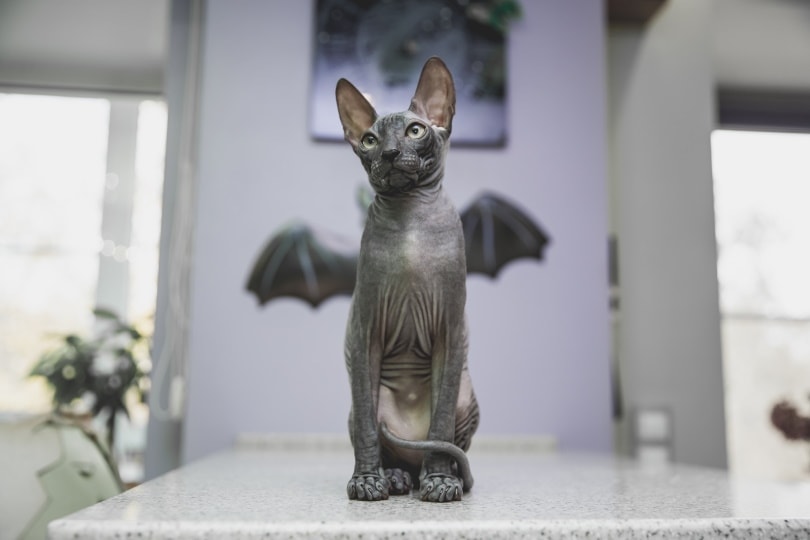
| Price: | $2,000 |
| Lifespan: | 9 – 15 years |
| Weight: | 6 – 14 pounds |
Sphynx cats don’t have traditional coats. Instead, their bodies are covered in soft peach fuzz and they are soft and warm to the touch. Sphynx cats can come in a variety of colors and patterns even though they don’t have hair.
Many cat lovers who don’t want to deal with cat hair seek out this breed. But just because they don’t shed doesn’t mean they don’t require grooming. Sphynx cats get oily buildups on their skin due to their lack of fur. They need regular baths to keep them clean. You’ll also need to help them stay warm. It’s not uncommon for Sphynxes to wear sweaters in the winter months or when the air conditioning is on.
5. Russian Blue Cat
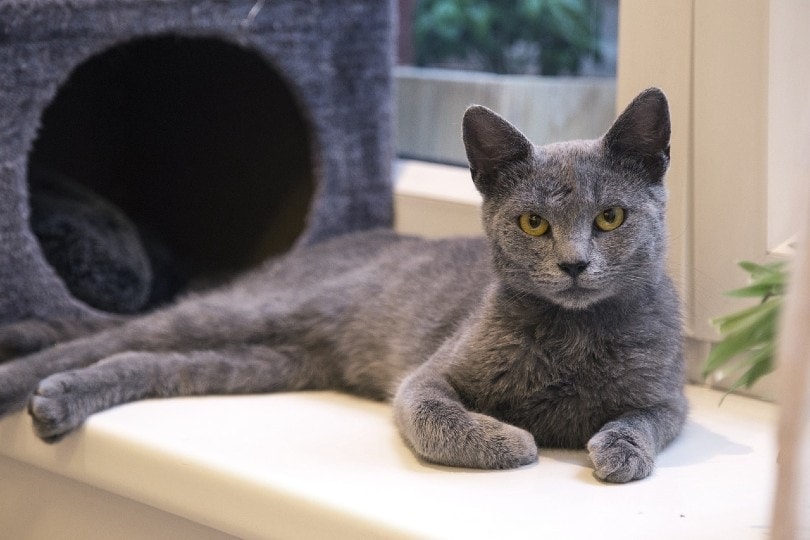
| Price: | $3,000 |
| Lifespan: | 15 – 20 years |
| Weight: | 7 – 12 pounds |
Russian Blue cats have double-plush grey coats that look silvery blue at the tips. Their soft, dense coats make them look larger than they really are. Even though their coats are plush, they don’t shed much and produce lower levels of known cat allergens.
Also known as Archangel cats because they are believed to have originated in the Archangel Isles in northern Russia, Russian Blue cats were introduced to the United States in the early 1900s. They’ve been rising in popularity since the 1960s.
6. Peterbald Cat
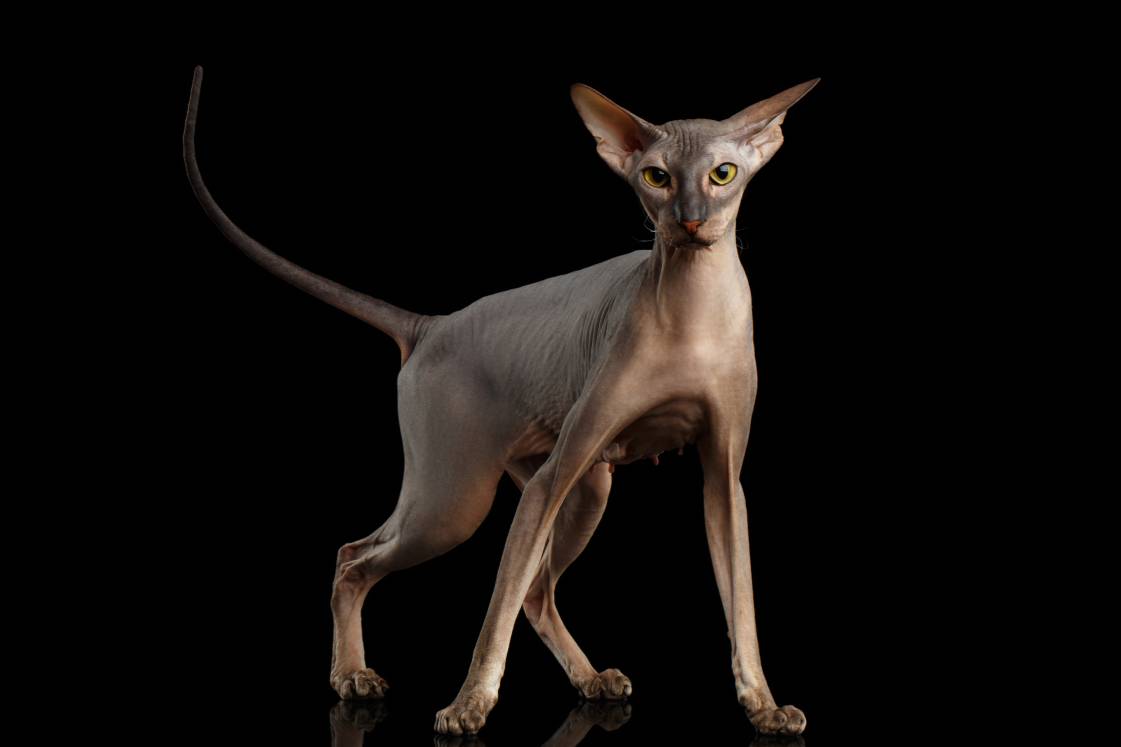
| Price: | $3,000 |
| Lifespan: | 12 – 15 years |
| Weight: | 7 – 14 pounds |
Peterbald cats resemble the Sphynx but they are different breeds. They originated in Russia and are a mix of the Don Sphynx and Oriental Shorthair cats. They are thin and muscular.
Some Peterbald cats can have short coats, some are covered in peach fuzz, and some are completely hairless. All of these can change during the cat’s lifetime. Multicolored Peterbald cats can have different textures of hair. White parts are usually soft, while dark areas produce wiry, coarse hair.
7. Persian Cat
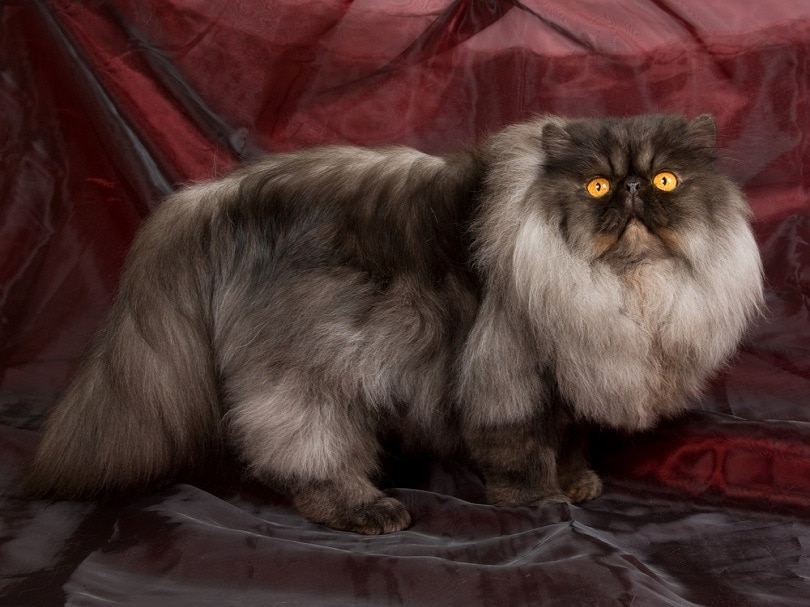
| Price: | $5,500 |
| Lifespan: | 10 – 15 years |
| Weight: | 7 – 12 pounds |
Persian cats are among the oldest cat breeds. They are known for being sweet, affectionate, and quiet. They are long-haired and can come in various colors and patterns. Persians have small, rounded ears and large eyes, but they are mostly recognizable because of their flat faces that have a pushed-in look to them. Traditional or “doll-face” Persian cats are bred to have pointier facial features and resemble their ancestors.
Persian cat owners report eye problems as the number-one illness claim. These cats are also prone to excessive tearing. It’s important to keep their eyes clean and their faces wiped daily.
8. British Shorthair Cat
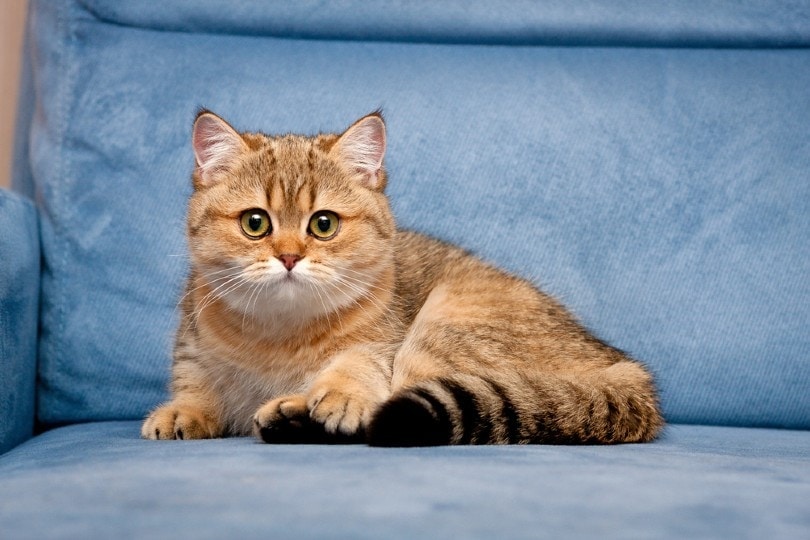
| Price: | $2,000 |
| Lifespan: | 12 – 20 years |
| Weight: | 8 – 16 pounds |
British Shorthair cats are believed to have been brought to England by the Romans. They have large heads and eyes and plush coats. They were originally used as rodent control and soon became street and farm cats. The breed as we know it today was created by adding Persian, Russian Blue, and French Chartreux cats into the lineage.
British Shorthair cats are active, loyal, and easy-going. They are popular pets because they get along well with children and other animals.
9. Bengal Cat
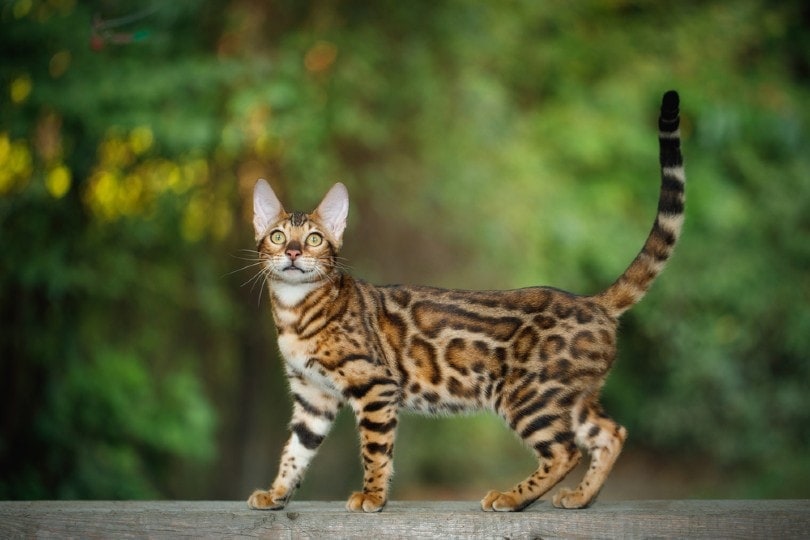
| Price: | $10,000 |
| Lifespan: | 10 – 16 years |
| Weight: | 8 – 17 pounds |
A Bengal is a cross between an Asian Leopard Cat and a domestic shorthair. Any Bengal cat kept as a pet today is at least four generations removed from their wild ancestors. They have short, soft coats that have a wild appearance. Their patterns can be marbled, striped, or spotted.
Some Bengals have coats that shimmer in the light, giving off a glittering gold shine. Although they get along with other animals, these cats have high prey drives and shouldn’t be trusted alone with pets such as hamsters, rabbits, and ferrets.
10. Savannah Cat
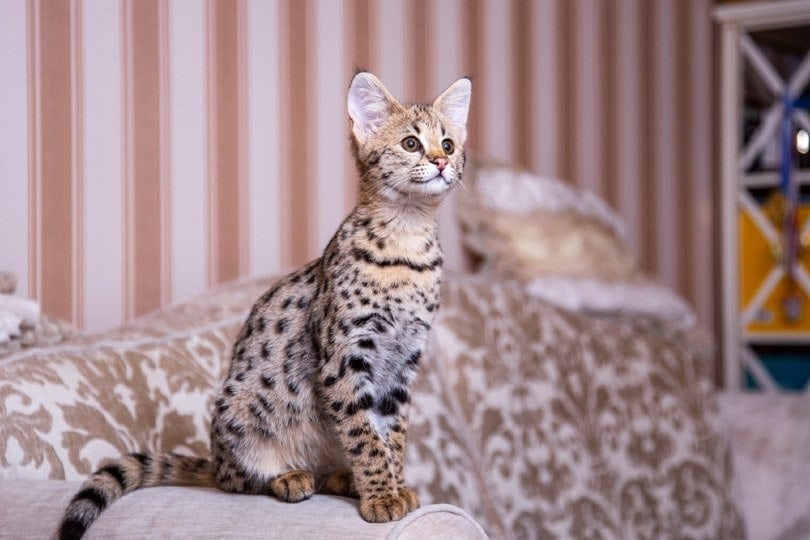
| Price: | $25,000 |
| Lifespan: | 12 – 15 years |
| Weight: | 11 – 23 pounds |
Similar to the Ashera, the Savannah cat is a mix of an African Serval and a domestic housecat. With their lean bodies and spotted coats, they resemble small cheetahs. These athletic cats love to climb and stay active. They rarely sit still, so they are not ideal if you’re looking for a lap cat.
They do like human companionship, though, and will follow their owners around the house. Be sure to check the laws where you live first if you’re considering this breed. Savannah cats are banned or regulated in some areas.
11. American Curl Cat
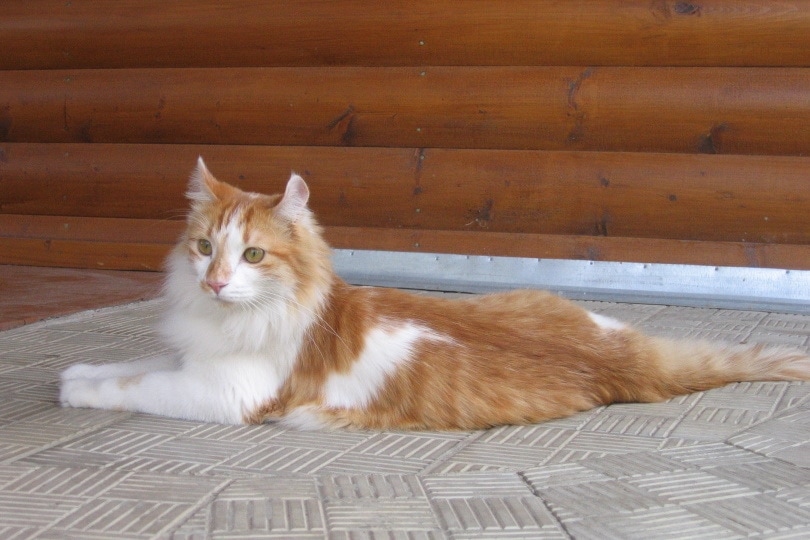
| Price: | $1,200 |
| Lifespan: | 13 – 15 years |
| Weight: | 5 – 10 pounds |
American Curl cats are sometimes called the Peter Pan of cats because of their playful natures and kitten-like personalities. They come in many colors and patterns. They are born with straight ears, but by 4 months of age, the ears curl back into a shell-like shape.
The breed was started in 1981 by a couple in Lakewood, CA. They found two stray kittens with curled ears. Soon after, one of them had kittens, passing down the curled ear trait. Breeders then began to develop the breed into the American Curl cats that we know today.
12. American Shorthair Cat
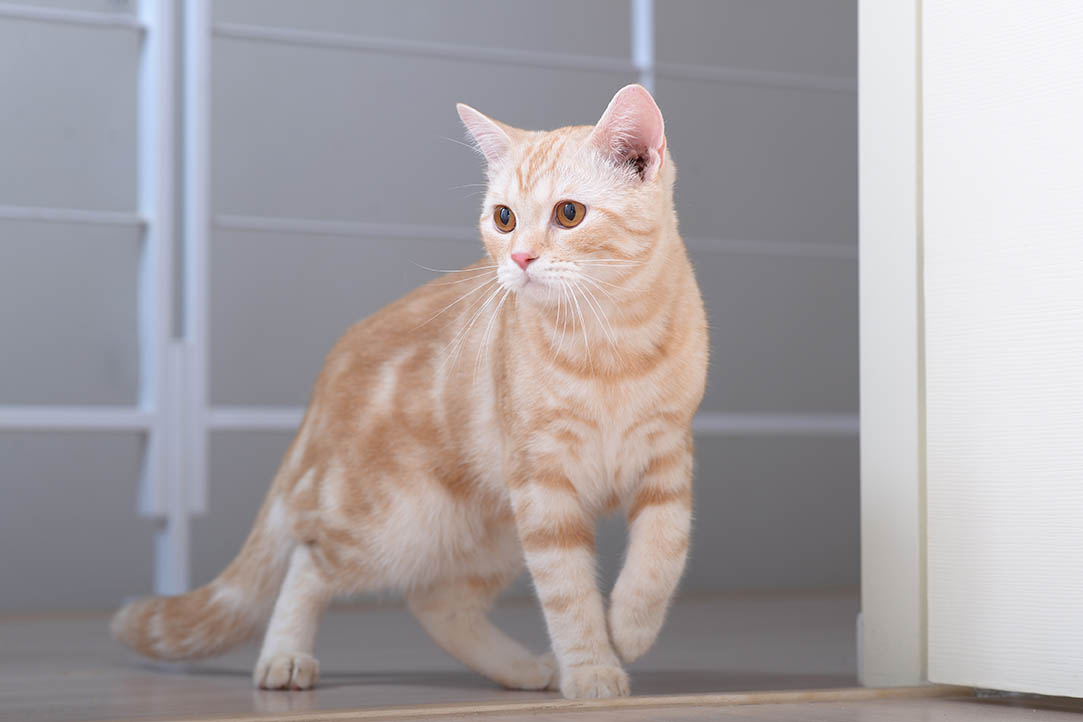
| Price: | $1,200 |
| Lifespan: | 13 – 15 years |
| Weight: | 6 – 15 pounds |
The American Shorthair cat originated from cats that followed settlers from Europe to North America. They eventually established themselves as the native North American shorthaired cat. People were impressed with their loving personalities and rodent-catching abilities.
The breed was originally called the Domestic Shorthair, but it was changed to the American Shorthair in 1966 to distinguish them from other shorthaired breeds. They can have over 80 colors and patterns, from solid colors to striped tabbies.
13. Lykoi Cat
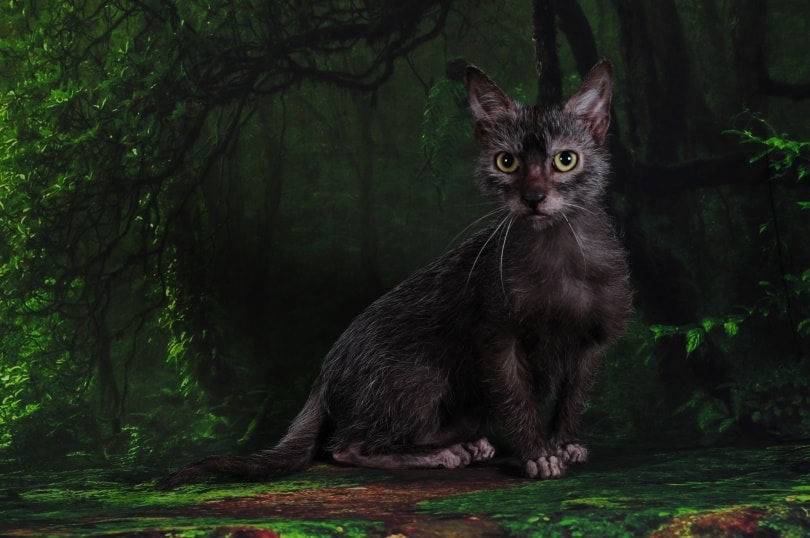
| Price: | $2,500 |
| Lifespan: | 12 – 17 years |
| Weight: | 6 – 12 pounds |
The Lykoi cat is sometimes called a werewolf cat. They have a unique appearance but are friendly and affectionate and get along well with people and other animals. These cats have slender bodies, wedge-shaped heads, and hairless masks around their eyes, nose, muzzles, and the backs of their ears.
A genetic mutation causes this distinct look, which was first noticed appearing randomly in feral cats. While breeders have fine-tuned the genetics for this breed, some Lykoi cats are still born to feral cats.
Wrapping Up
Some cats cost much more than you might have originally thought. Cat enthusiasts are willing to spend thousands just to have the breed of their dreams. Some cat breeds require a waiting period to get a kitten. These waiting periods can stretch upward of 5 years.
If you’re interested in acquiring one of these exotic felines, check the laws in your area first to be sure that owning your desired breed is allowed.
Featured Image Credit: Maleo, Shutterstock


